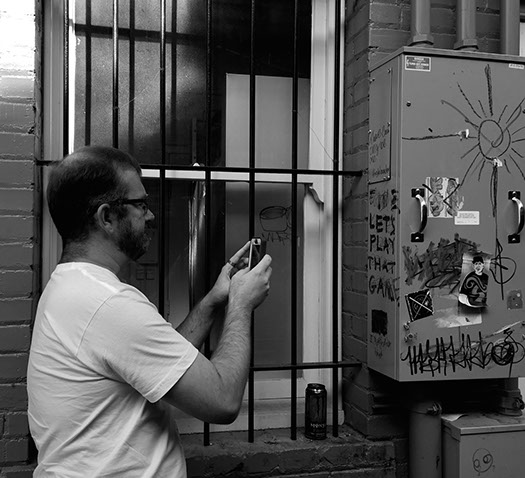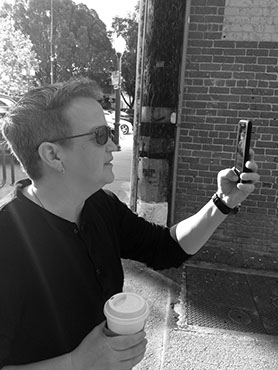Graffiti offers an ephemerality of consequence. It is a public techne of reorientation. It is the trace of others’ engagement with the world, with an attempt to leave a mark, to make an impression, to divert, to disrupt, to affect, to make our collective landscapes affective, to tell another story. It reminds us that someone or some people were here. It is memory and delivery. And, in its often unknown authorship, it performs a rhizomatic scattering of the self, an ecology of subjectivity that narrates otherwise, that draws attention to its difference from everything else around it.
We want our work to partake of the same power. At our most capricious, we understand Techne as academic graffiti, a plastering on the ivy tower and in the hallowed halls of academe of stray notes, love letters, rants, erotica, provocation, philosophy, and memory. The genealogical lines of force coalesce into subjects that then disperse into other lines of flight whose paths we cannot determine, whose possibilities we cannot foresee.
But we say that we were here, we leave a mark, we deliver unto you our memories.
They are already scattering.

